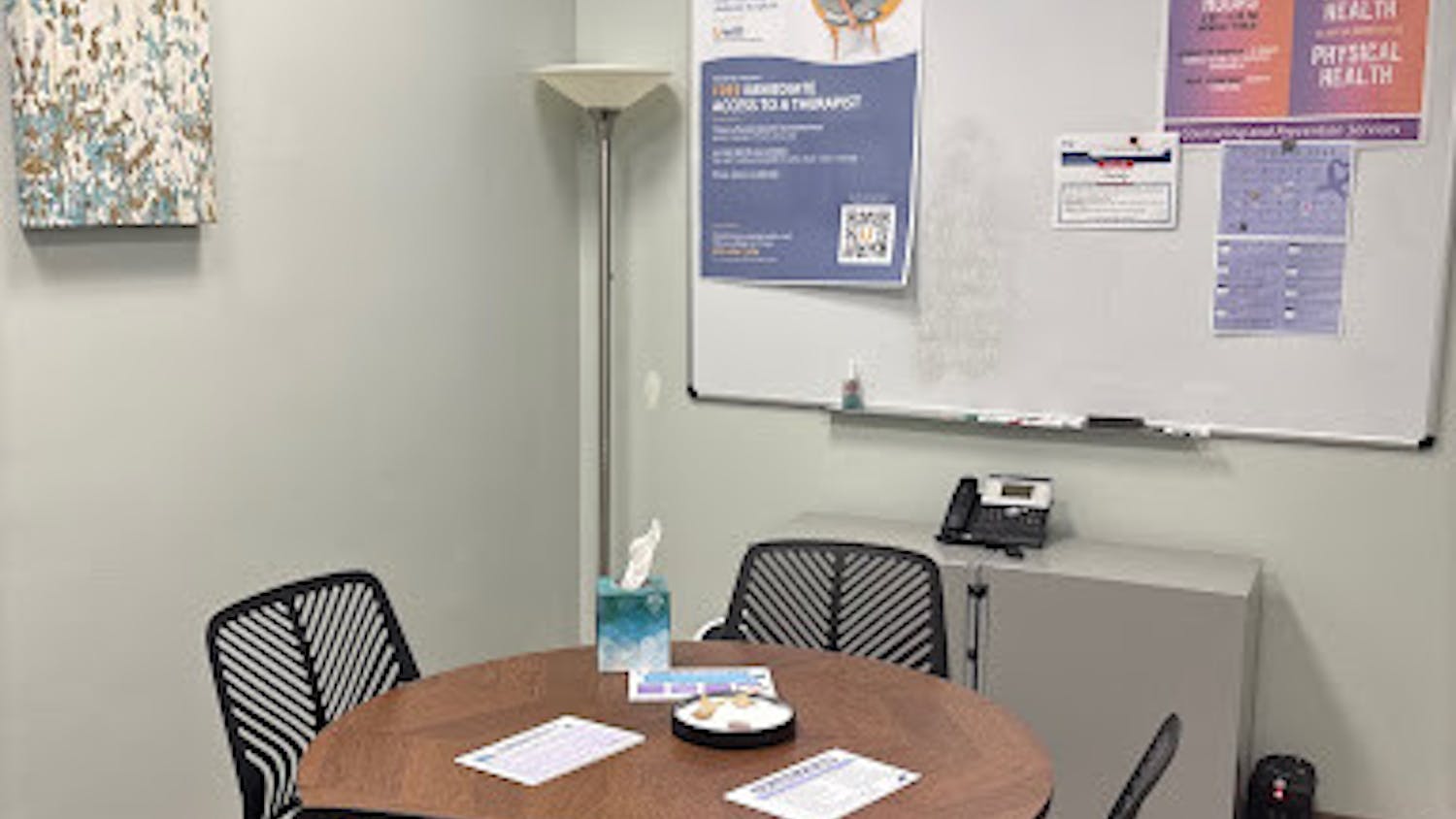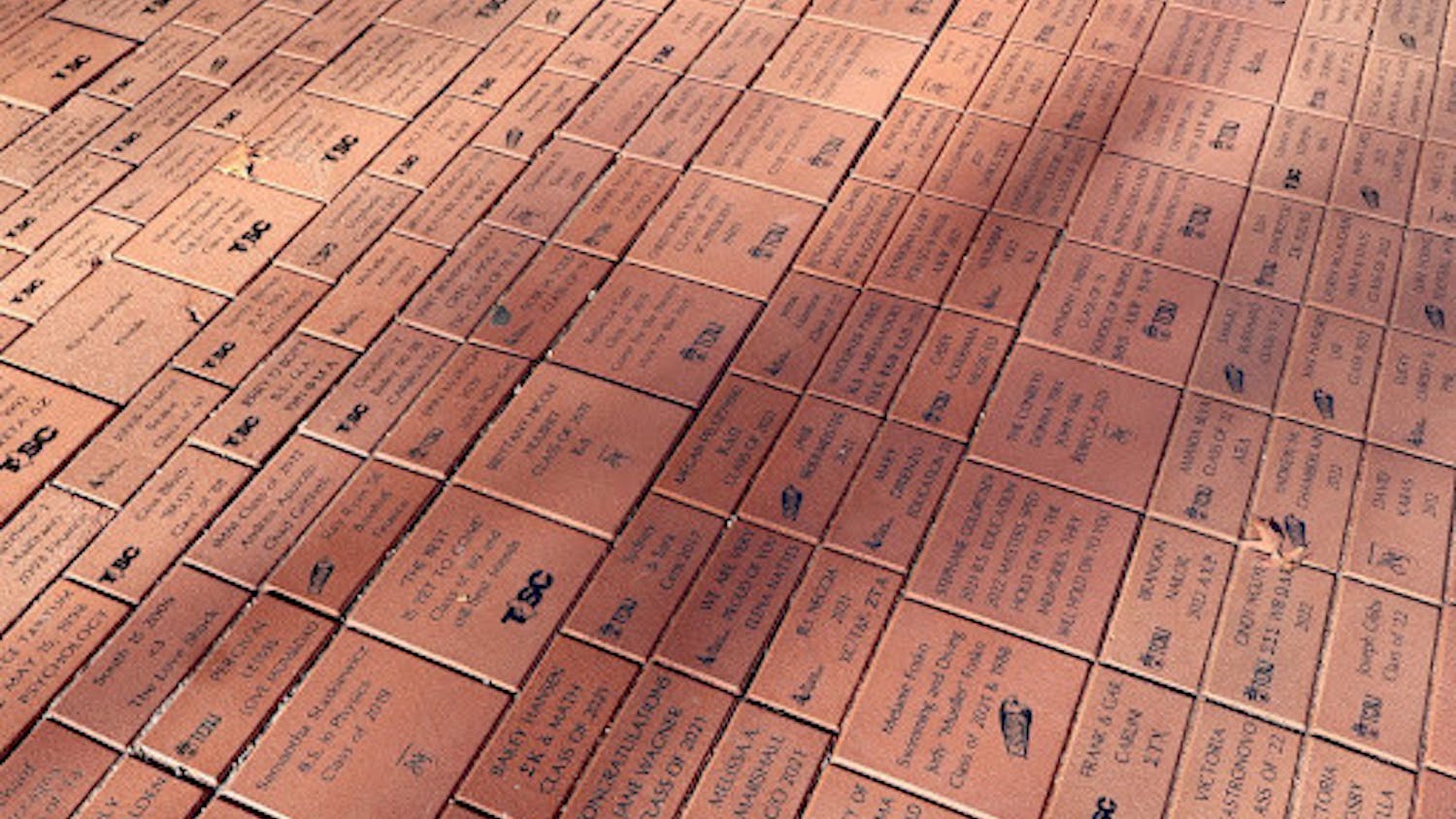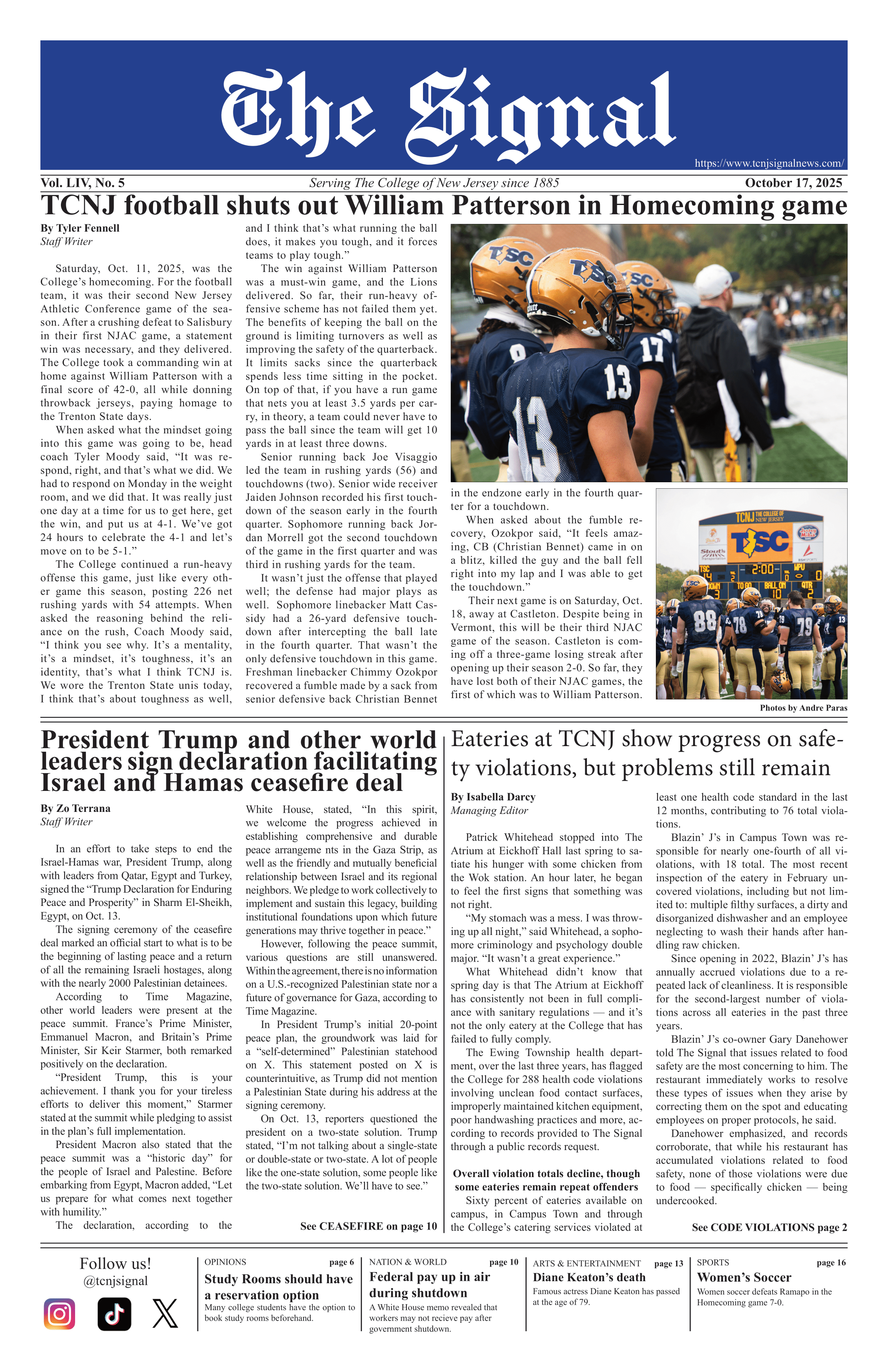Paper is usually just the background for a work of art - the object on which the actual art is displayed. This, however, was not the case at the College's new art exhibition entitled "From Seed to Sheet."
This exhibition, a traveling display of works by three different artists, is marked by their usage of handmade paper in their artwork. The works were created when each of the artists spent a week at the Women's Studio Workshop (WSW), an art studio in Rosendale, N.Y. working on an exhibition called ArtFarm. The artists spent this time working with handmade paper made from various plant fibers grown on WSW's own farm.
Ken Gray, the only male artist exhibiting work in "From Seed to Sheet," worked at a Canadian automobile plant before receiving an art degree and taking up printmaking. He liked printmaking because the close relationship between the workers in the shop made him feel at home. In a pamphlet distributed at the exhibition, Beth Wilson, art historian, wrote, "he found that printmaking most resembled the industrial flavor of his previous working life."
Unlike the other two artists, Gray had very little experience with handmade paper before his stay at WSW, but nevertheless was very open to begin working with it. In one of his pieces, Gray used plastic supermarket bags along with the organic paper, entitling his work "Paper or Plastic." "These works oscillate in an impossible, irresolvable contradiction between nature and culture, the organic and the mechanical," Wilson wrote.
Talya Baharal was also introduced to the art of using handmade paper at WSW, although it was about five years before her work on the ArtFarm exhibition.
Baharal had visited WSW and worked with the paper on more than one occasion before receiving a grant to return and create works for the new exhibit.
Baharal was driven to take part in this project simply because the offer was there.
"They offered me that opportunity. I found it a wonderful idea and a very, very fulfilling event," she said.
Baharal, who spent the better part of her younger years as a metalsmith, said that the most valuable thing she took away from her work on the ArtFarm project was her relationship with master papermaker Eugenie Barron.
The third artist featured in the new exhibition, Alison Knowles, is not at all new to the art scene. She helped to found an art movement in the '60s called Fluxus that combined art with literature, music, fine arts and other art forms. Perhaps this mix is the reason she tries to reinvent objects in her art.
One of her works displayed at the exhibition, entitled "Three Panels from the North Sea," incorporates pieces of an old glove and a worn shoe into the handmade paper.
Freshman English major Michael Krahel found the piece to be interesting in its transforming nature.
"Even though these things are old, they can still become new again and have a place, in this case, in art," Krahel said.
Knowles' art is about adaptability and change. Even after working with her for many years, Barron doesn't always understand her methods.
Whether she understood the artists or not, however, Barron certainly impacted at least one of them.
"She gave me the opportunity to make some of my ideas come to life," Baharal said of Barron.
The College's choice of this exhibition was, in part, due to its interdisciplinary nature.
"We try to incorporate disciplines taught in the art department," Judith Masterson, Art Gallery director said.
She said she felt that the works in this exhibit express every discipline incorporated in the department.
Not only is this exhibit an opportunity for students at the College to expand their views of art, but it also holds benefits for the artists themselves.
For Baharal, it was an opportunity to create art in a way she never had before. She was given a studio in which she could work freely and everything that she needed was supplied for her.
"It gave me a certain amount of time to experiment and that was a great luxury," Baharal said.






